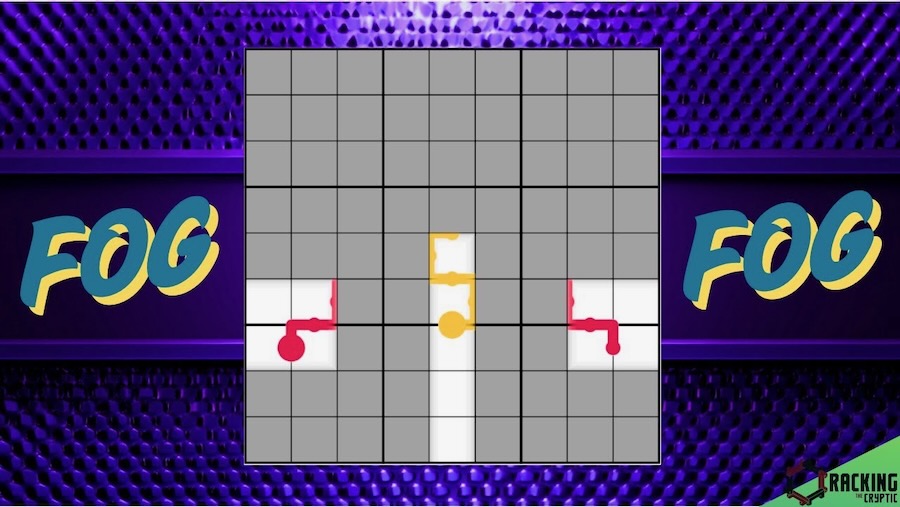Weeknotes: 2025-W04
Published: , updated:
Summary
A bit of a challenging week around sleep. However, enjoyed the three woodworking class sessions this week (two in a general beginner class, and one focusing on sharpening with water stones), got a bunch of admin and chores done, including a bunch of improvements in and around my new basement office, if not too much “real work”.
Got some good photos towards the end of the week - we had clear sunny skies by day, with frost overnight for much of the week.
Photos
(Based more on time of processing than time of taking…)




Enjoying
- Reading:
- Demon’s Bluff (The Hollows #18) by Kim Harrison
- Onyx Storm (Empyrean #3) by Rebecca Yarros
- Watching:
- 📺🏃 Warehouse 13 season 5 (completed)
- 📺🏃 Silo season 2
- Playing:
- None.
Newly discovered
Lilly’s Tech Tips
The Lilly’s Tech Tips YouTube channel has a whole bunch of videos breaking down and recreating various motion graphic styles using Canva in easy-to-follow steps - the first that caught my attention was the video recreating the Vox style.
Highlights
Complexity has to live somewhere. If you are lucky, it lives in well-defined places. In code where you decided a bit of complexity should go, in documentation that supports the code, in training sessions for your engineers. You give it a place without trying to hide all of it. You create ways to manage it. You know where to go to meet it when you need it. If you’re unlucky and you just tried to pretend complexity could be avoided altogether, it has no place to go in this world. But it still doesn’t stop existing.
– “Complexity Has to Live Somewhere”, Fred Hebert
This is why I like Rust. The complexity of correctly handling spatial and temporal safety has to live somewhere. Rust pushes the majority of that complexity into its type system, and particularly the famed borrow checker. The rest of the complexity it isolates in unsafe blocks … the combination of the borrow checker and the isolation that unsafe offers allows us to control the complexity. We cannot get rid of it. We can only isolate it.
– “The Essence of Successful Abstractions”, Chris Krycho
Recommended
Surface-stable fractal dithering
This video introducing a new dithering technique was a treat - an exploration of how these sorts of visual effects can be constructed in shaders using relatively simple maths from first principles.
The Heat Between Us, “Edge Thermos” and dynamic fog Sudoku
The relatively new development of dynamic fog (where placing correct digits may light up areas in the fog anywhere on the grid) has introduced some really fun new Sudoku puzzles, and the new variant of “thermos” (where numbers need to increase from the bulb end) is used by the puzzle “The Heat Between Us” as a relatively easy introduction to both variants, and Simon does a good job showing it off.

.jpeg)
